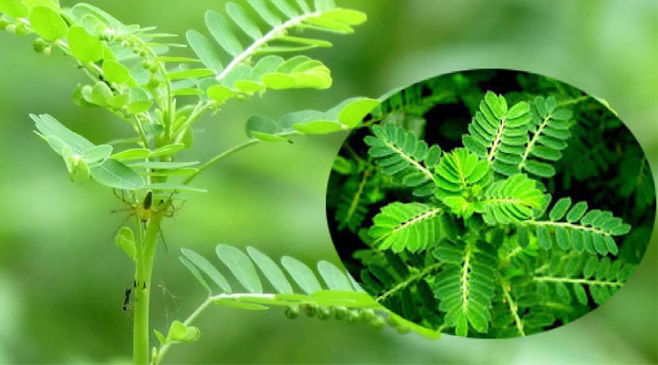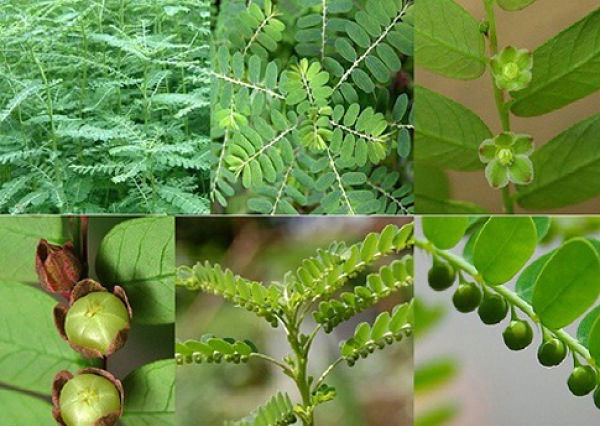A Review of the Phytochemistry and Pharmacology of Phyllanthus urinaria L.

The genus Phyllanthus (L.) is one of the most important groups of plants belonging to the Phyllantaceae family. Phyllanthus urinaria (L.) is an annual perennial herbal species found in tropical Asia, America, China, and the Indian Ocean islands. P. urinaria is used in folk medicine as a cure to treat jaundice, diabetes, malaria, and liver diseases. This review provides traditional knowledge, phytochemistry, and biological activities of P. urinaria. The literature reviewed for this article was obtained from the Web of Science, SciFinder, PubMed, ScienceDirect, and Google Scholar journal papers published prior to December 2017. Phytochemical investigations reveal that the plant is a rich source of lignans, tannins, flavonoids, phenolics, terpenoids, and other secondary metabolites. Pharmacological activities include anticancer, hepatoprotective, antidiabetic, antimicrobial, and cardioprotective effects. Thus, this present review summarizes the phytochemical constituents and their biological activities including biological studies on various crude extracts and fractions both in vitro and in vivo, and on clinical trial information about P. urinaria. This review compiles 93 naturally occurring compounds from P. urinaria along with their structures and pharmacological activities. The review is expected to stimulate further research on P. urinaria, and its pharmacological potential to yield novel therapeutic agents.

The genus Phyllanthus (L.) belongs to a family of flowering plants Phyllanthaceae and consists of more than 1000 species widely distributed in various parts of the world (Mao et al., 2016). The species of this genus including trees, herbs and shrubs that are pharmacologically valuable as they contain various bioactive compounds (Calixto et al., 1998; Mao et al., 2016). Previous scientific data indicate that more than 500 chemical compounds (phytochemicals) have been isolated from species of the genus Phyllanthus (Mao et al., 2016). It is interesting to note that crude extracts obtained from species of Phyllanthus have inhibitory effects on the hepatitis B virus (HBV). Previous reviews broadly highlight the biological activities of Phyllanthus species, mostly from P. amurus Schum. & Thonn., P. emblica L. or P. niruri L. (Calixto et al., 1998; Mao et al., 2016; Kaur et al., 2017; Tewari et al., 2017; Yadav et al., 2017). However, there is no specific and detailed review of P. urinaria. To provide scientific proof for P. urinaria ethnopharmacological and traditional uses, recent scientific studies focus on its chemical constituents and their biological properties. Therefore, this review provides information about P. urinaria including comprehensive information about the traditional use of P. urinaria, its phytochemicals and their biological activities. It also includes biological studies both in vitro and in vivo on various extracts of P. urinaria, analysis of pure compounds and clinical trial information.
Reference:
Geethangili, M., & Ding, S.-T. (2018). A Review of the Phytochemistry and Pharmacology of Phyllanthus urinaria L. Frontiers in Pharmacology, 9, 1109–1109. https://doi.org/10.3389/fphar.2018.01109


